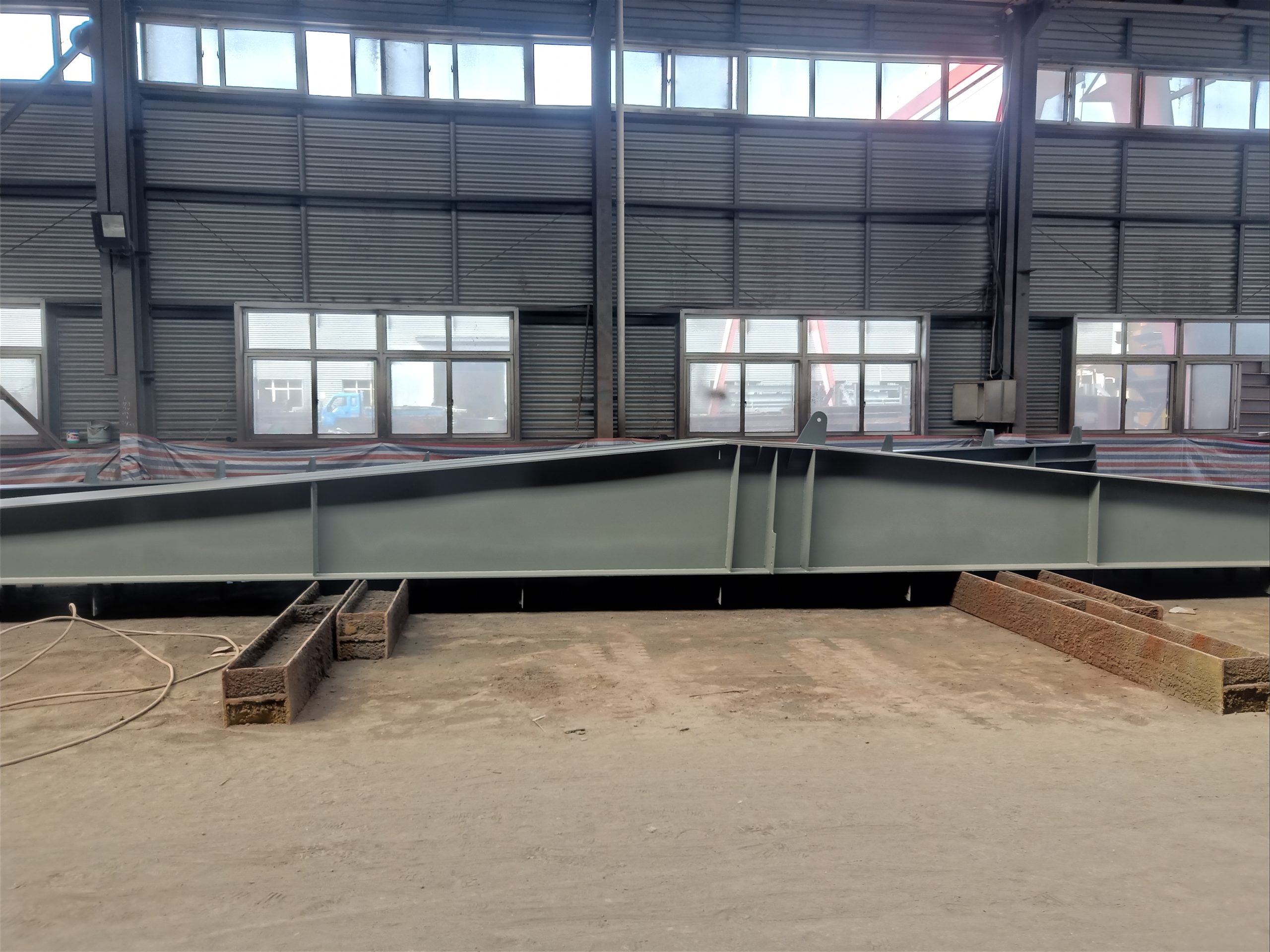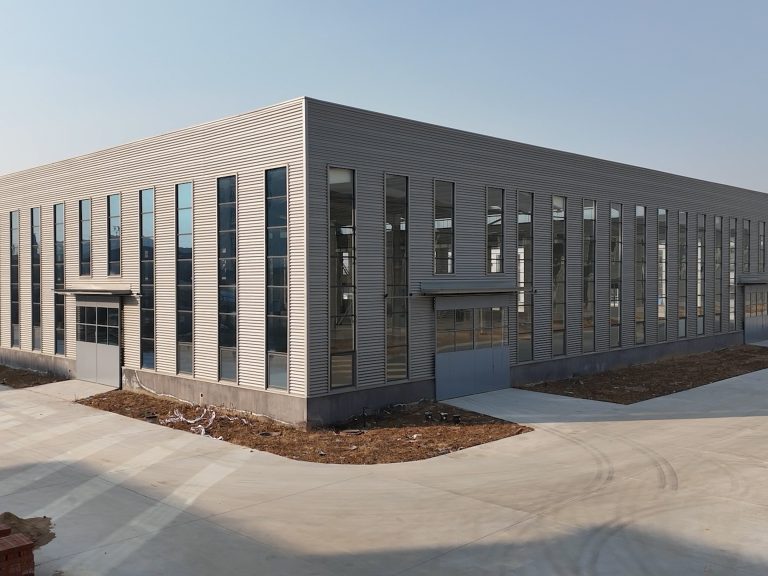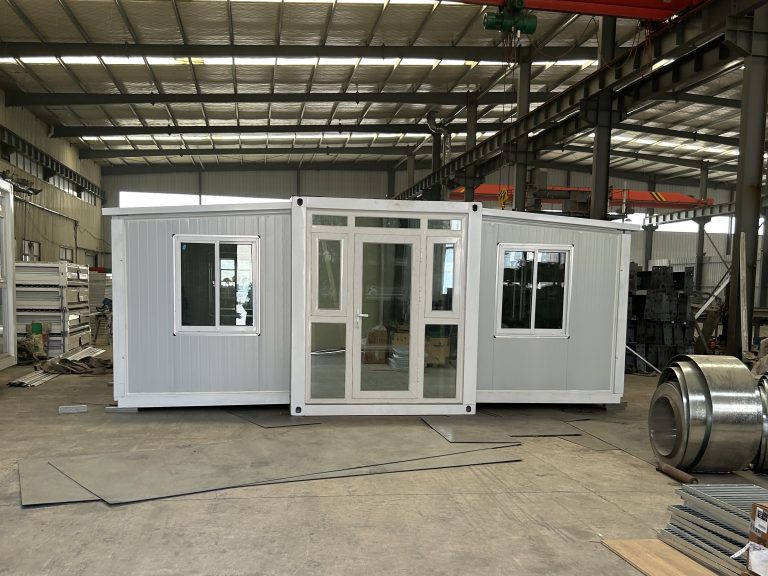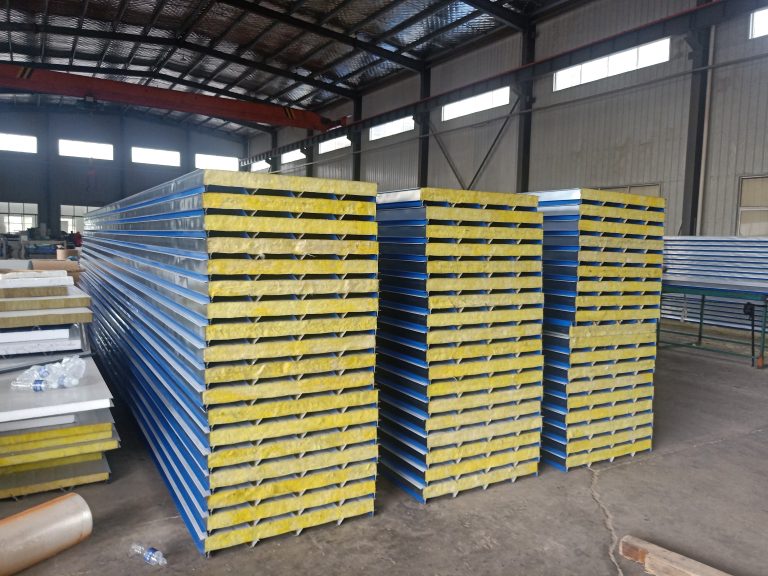Table of Contents
Benefits of Implementing Energy-Efficient Systems in Steel Structure Buildings
Energy efficiency has become a top priority in the construction industry as the world continues to focus on sustainability and reducing carbon emissions. One area where significant improvements can be made is in steel structure buildings. By implementing energy-efficient systems in these structures, not only can building owners save money on energy costs, but they can also reduce their environmental impact.

One of the key benefits of implementing energy-efficient systems in steel structure buildings is the reduction in energy consumption. Heating, cooling, and lighting are major contributors to a building’s energy usage, and by using energy-efficient systems, building owners can significantly reduce their energy bills. For example, installing high-efficiency HVAC systems can help regulate indoor temperatures more effectively, reducing the need for constant heating or cooling. Similarly, using energy-efficient lighting fixtures can lower electricity usage and prolong the lifespan of bulbs, saving money on replacements.
In addition to cost savings, energy-efficient systems in steel structure buildings can also improve occupant comfort. By maintaining consistent indoor temperatures and reducing drafts, occupants can enjoy a more comfortable living or working environment. This can lead to increased productivity in commercial buildings and improved overall well-being in residential buildings. Furthermore, energy-efficient systems can help reduce noise pollution, creating a quieter and more peaceful indoor environment.
Another benefit of implementing energy-efficient systems in steel structure buildings is the positive impact on the environment. Buildings are responsible for a significant portion of global energy consumption and carbon emissions, and by reducing energy usage, building owners can help mitigate their environmental impact. Energy-efficient systems can lower greenhouse gas emissions, decrease reliance on fossil fuels, and contribute to a more sustainable future. Additionally, many energy-efficient systems use renewable energy sources, such as solar panels or geothermal heating, further reducing the building’s carbon footprint.
Furthermore, energy-efficient systems in steel structure buildings can enhance the building’s overall value. As energy efficiency becomes a more important consideration for buyers and tenants, buildings with energy-efficient systems are more attractive in the real estate market. Energy-efficient buildings are often seen as more desirable, as they offer lower operating costs and a reduced environmental impact. This can lead to higher property values and increased rental or lease rates, providing a return on investment for building owners.
In conclusion, implementing energy-efficient systems in steel structure buildings offers a wide range of benefits, from cost savings to environmental sustainability. By reducing energy consumption, improving occupant comfort, and enhancing the building’s value, building owners can create more efficient and sustainable structures. As the construction industry continues to prioritize energy efficiency, it is essential for building owners to consider implementing energy-efficient systems in their steel structure buildings. By doing so, they can not only save money and reduce their environmental impact but also create a more comfortable and attractive building for occupants.
How to Design and Implement Energy-Efficient Systems in Steel Structure Buildings
Energy efficiency is a crucial aspect of modern building design, as it not only helps reduce energy consumption and operating costs but also minimizes the environmental impact of a structure. When it comes to steel structure buildings, implementing energy-efficient systems can be a bit challenging due to the unique characteristics of steel as a building material. However, with careful planning and design, it is possible to create energy-efficient steel buildings that are both sustainable and cost-effective.
One of the key considerations when designing energy-efficient systems for steel structure buildings is the insulation of the building envelope. Steel has a high thermal conductivity, which means that it can easily transfer heat from the inside to the outside of the building. To combat this, it is essential to use high-quality insulation materials that can effectively reduce heat transfer and improve the overall energy efficiency of the building. Additionally, proper sealing of the building envelope is crucial to prevent air leakage and maintain a consistent indoor temperature.
Another important aspect of energy-efficient design in steel structure buildings is the selection of energy-efficient HVAC systems. Heating, ventilation, and air conditioning systems are significant energy consumers in any building, so choosing energy-efficient options can have a significant impact on overall energy consumption. High-efficiency HVAC systems, such as variable refrigerant flow (VRF) systems or geothermal heat pumps, can help reduce energy usage and operating costs while providing optimal comfort for building occupants.
In addition to insulation and HVAC systems, lighting design is another critical factor in creating energy-efficient steel structure buildings. LED lighting fixtures are highly energy-efficient and can significantly reduce electricity consumption compared to traditional incandescent or fluorescent lighting. Incorporating daylighting strategies, such as skylights or light shelves, can also help reduce the need for artificial lighting during daylight hours, further reducing energy usage.
When designing energy-efficient systems for steel structure buildings, it is essential to consider the building’s orientation and site characteristics. Properly positioning the building to take advantage of natural sunlight and prevailing winds can help reduce heating and cooling loads, ultimately improving energy efficiency. Additionally, incorporating renewable energy sources, such as solar panels or wind turbines, can further reduce the building’s reliance on grid electricity and lower its carbon footprint.
Implementing energy-efficient systems in steel structure buildings requires a holistic approach that considers all aspects of building design and operation. By focusing on insulation, HVAC systems, lighting design, building orientation, and renewable energy sources, it is possible to create sustainable and energy-efficient steel buildings that are both environmentally friendly and cost-effective in the long run.
In conclusion, energy-efficient systems play a crucial role in the design and operation of steel structure buildings. By incorporating high-quality insulation, energy-efficient HVAC systems, LED lighting, proper building orientation, and renewable energy sources, it is possible to create sustainable and cost-effective buildings that minimize energy consumption and environmental impact. With careful planning and design, energy-efficient steel buildings can provide optimal comfort for occupants while reducing operating costs and contributing to a more sustainable built environment.







